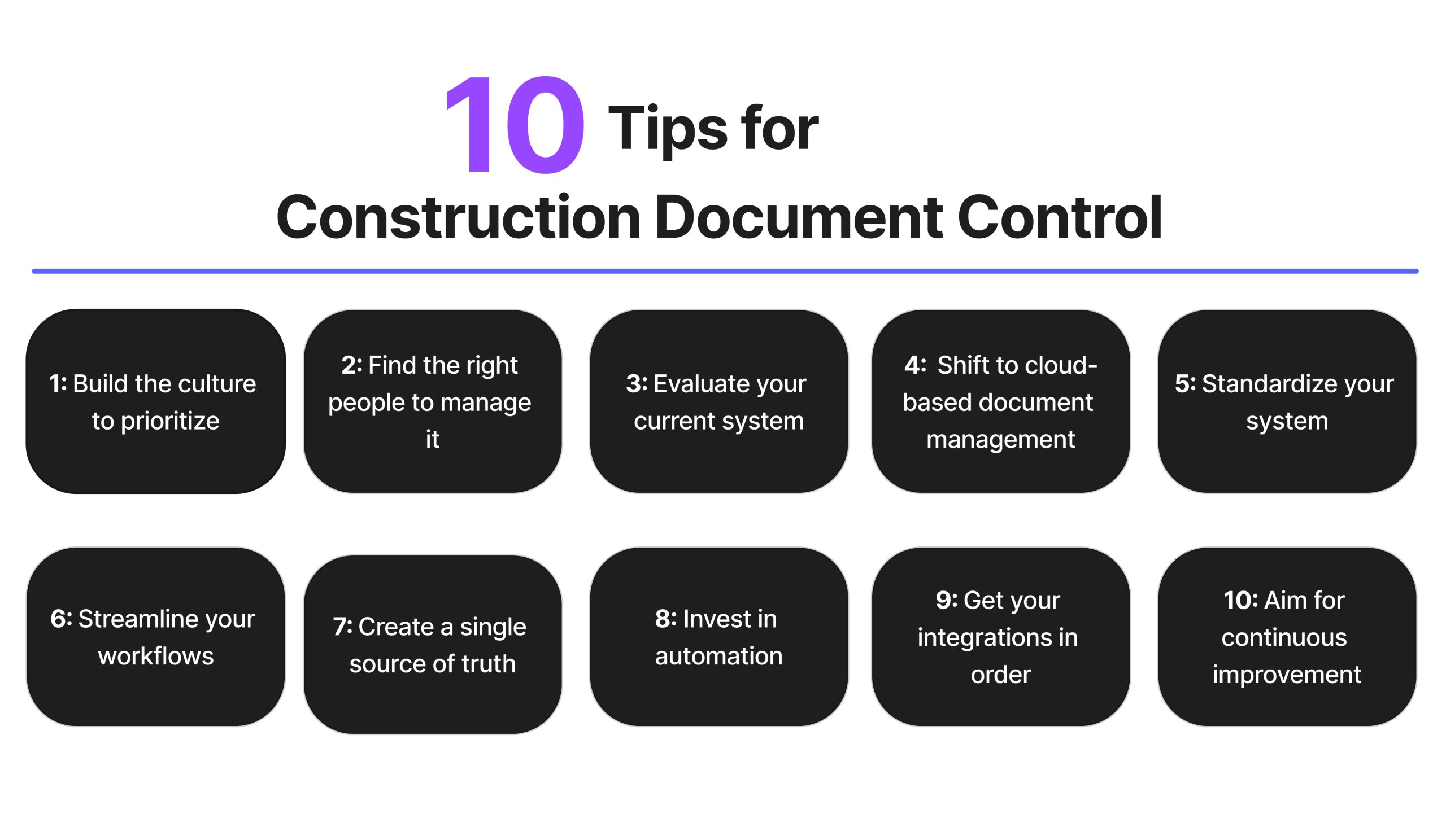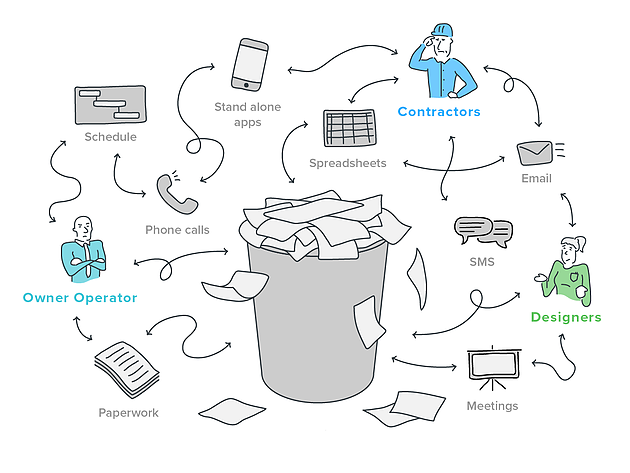Achieving Seamless Project Delivery: Engineer's Comprehensive Technique to Building And Construction Record Administration
In the realm of design and building and construction, the precise orchestration of task components is paramount to success. One vital element frequently took too lightly is the management of building files, which works as the foundation of every task. construction document management. As designers navigate the intricacies of execution, layout, and control, an extensive method to document management becomes a cornerstone for accomplishing smooth job shipment. By dissecting the subtleties of this procedure, revealing the vital elements, and checking out innovative technological solutions, architects unveil a pathway in the direction of enhanced efficiency and cooperation within project teams. The combination of accuracy, technology, and partnership creates the cornerstone of an effective building venture, elevating the significance of a structured record management strategy.
Value of Building And Construction File Administration
Reliable building and construction record monitoring plays an important function in ensuring project success by assisting in smooth interaction and company throughout the construction process. By preserving up-to-date and accurate building and construction records, architects can effectively communicate with professionals, subcontractors, and various other stakeholders entailed in the task. These files function as a recommendation point for all celebrations, ensuring that every person is functioning from the exact same collection of information and reducing the chance of mistakes or misunderstandings.
Furthermore, appropriate document administration can boost job efficiency, reduce pricey hold-ups, and ultimately lead to the effective conclusion of building and construction tasks. Designers who focus on building and construction file administration set a strong foundation for task success and demonstrate a dedication to delivering premium results.
Secret Components for Efficient Documentation

Establishing standardized themes and procedures makes sure uniformity across all project documents. Applying a durable document monitoring system that allows for version control, accessibility limitations, and audit tracks greatly boosts the company and security of project documents. By integrating these crucial aspects right into building and construction record management practices, designers can improve procedures, reduce mistakes, and eventually add to the successful distribution of tasks.
Using Innovation for Document Organization
Leveraging sophisticated electronic tools and software systems contributes in improving the organization and access of construction documentation. Building companies can improve their file monitoring processes by executing specialized software developed for the building and construction market. These devices provide features such as version control, cloud storage space, and joint editing capacities, enabling staff member to work with files all at once and ensuring every person has access to one of the most updated info.
One key benefit of utilizing modern technology for record company is the capacity to create a central database for all project-related files. By keeping documents in a safe digital environment, designers can easily browse, fetch, and share information with stakeholders, lowering the threat of variation conflicts or lost data. In addition, advanced software options typically incorporate metadata tagging and indexing performances, permitting individuals to classify records successfully and recover them quickly when needed.
Collective Strategies With Task Teams
To maximize task results, engineers need to embrace collective techniques when collaborating with job teams to ensure seamless interaction and coordination throughout the resource construction procedure. Partnership with task groups is essential for architects to effectively manage construction jobs. construction document management. By promoting open communication and teamwork among all stakeholders, engineers can streamline decision-making procedures, address possible problems proactively, and guarantee that everyone is lined up with the task objectives
Architects ought to establish clear lines of communication with engineers, specialists, customers, and various other essential employee from the start of the task. Normal meetings, progress updates, and responses sessions should be set up to keep everybody educated recommended you read and involved. Utilizing joint project management tools can also promote real-time information sharing and paper cooperation, enhancing openness and effectiveness.

Ideal Practices for File Variation Control

Final Thought
In verdict, efficient building and construction paper management is critical for achieving smooth task distribution (construction document management). It is essential for engineers to carry out best methods in file administration to successfully browse the complexities of construction tasks.
Effective building and construction record monitoring plays a vital role in making sure job success by assisting in smooth interaction and company throughout the construction process. Additionally, appropriate record monitoring can boost task performance, decrease costly delays, and eventually lead to the successful completion of building and construction jobs.To maximize job results, architects should accept collaborative techniques when working with job teams to ensure seamless communication and sychronisation throughout the building process. Collaboration with project teams is necessary for architects to effectively take care of building tasks.In the world of collective construction task management, maintaining exact control over paper variations stands as a vital practice for making sure job integrity and cohesion.